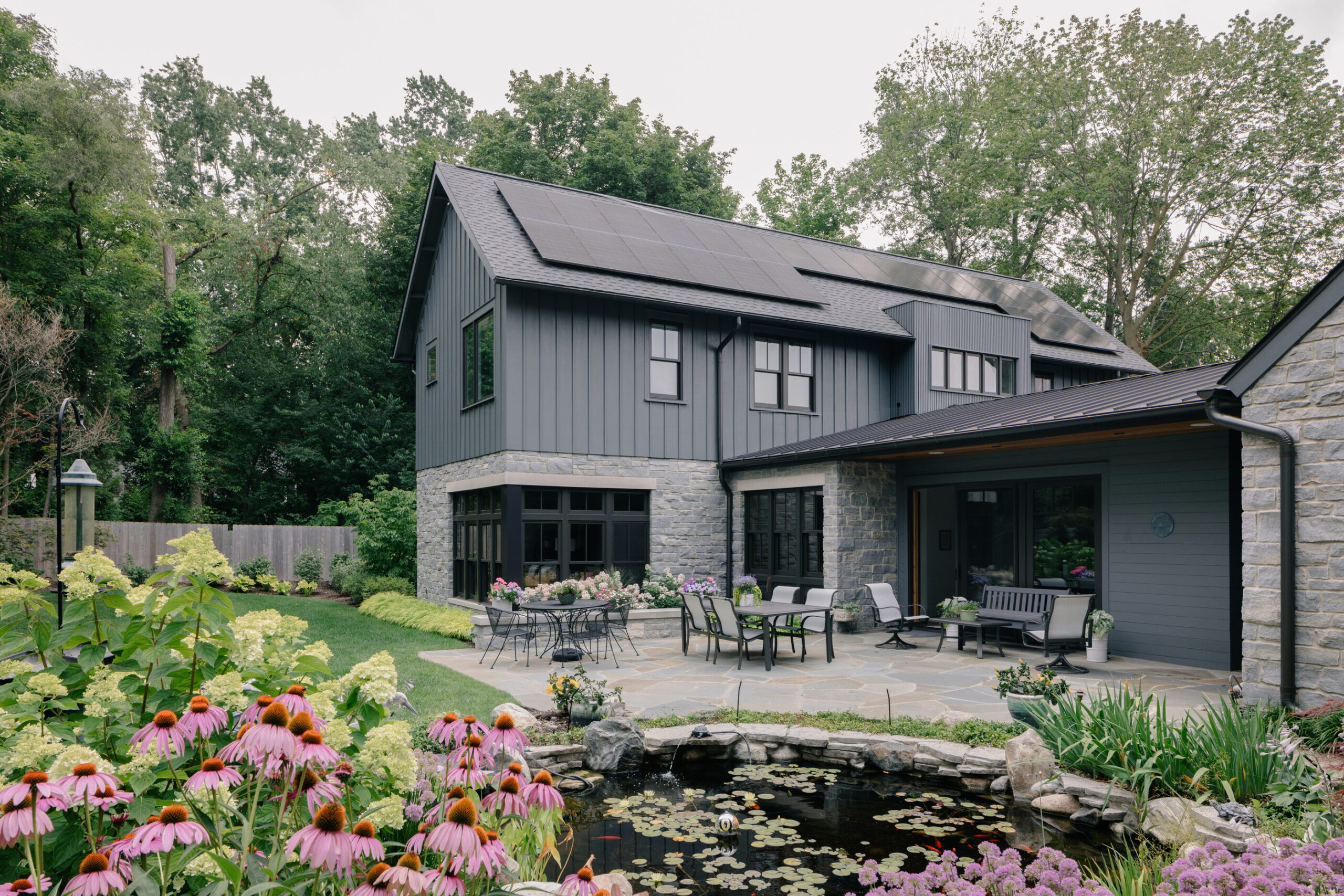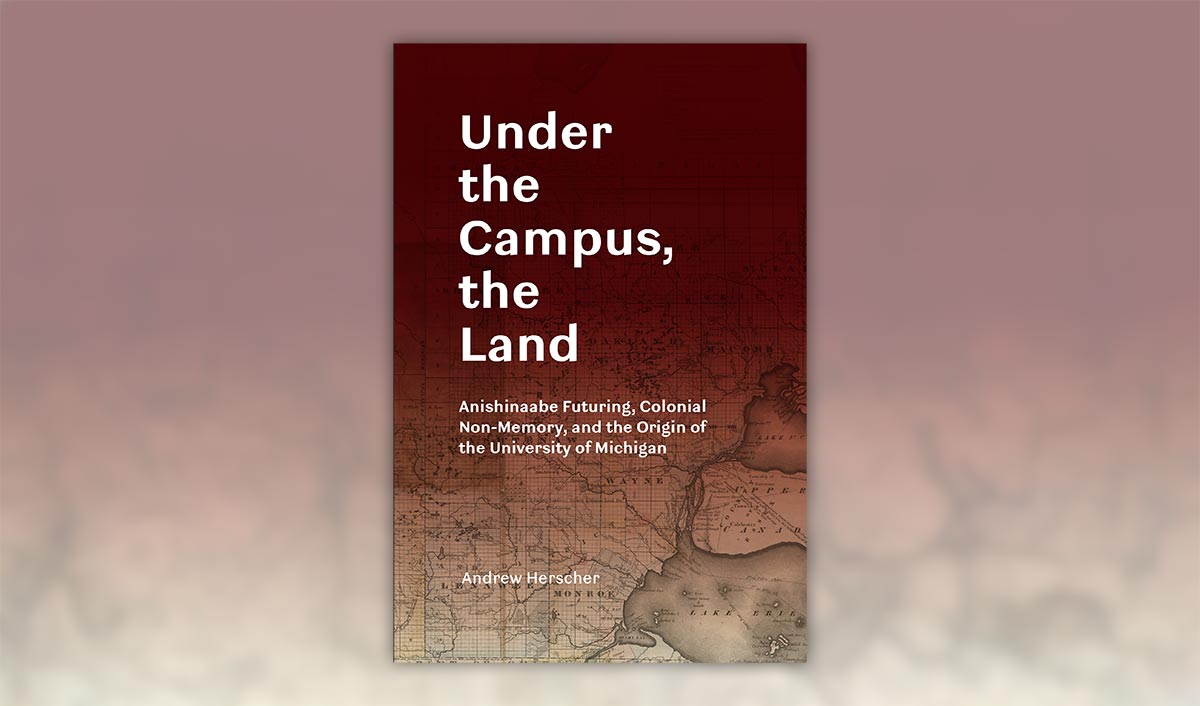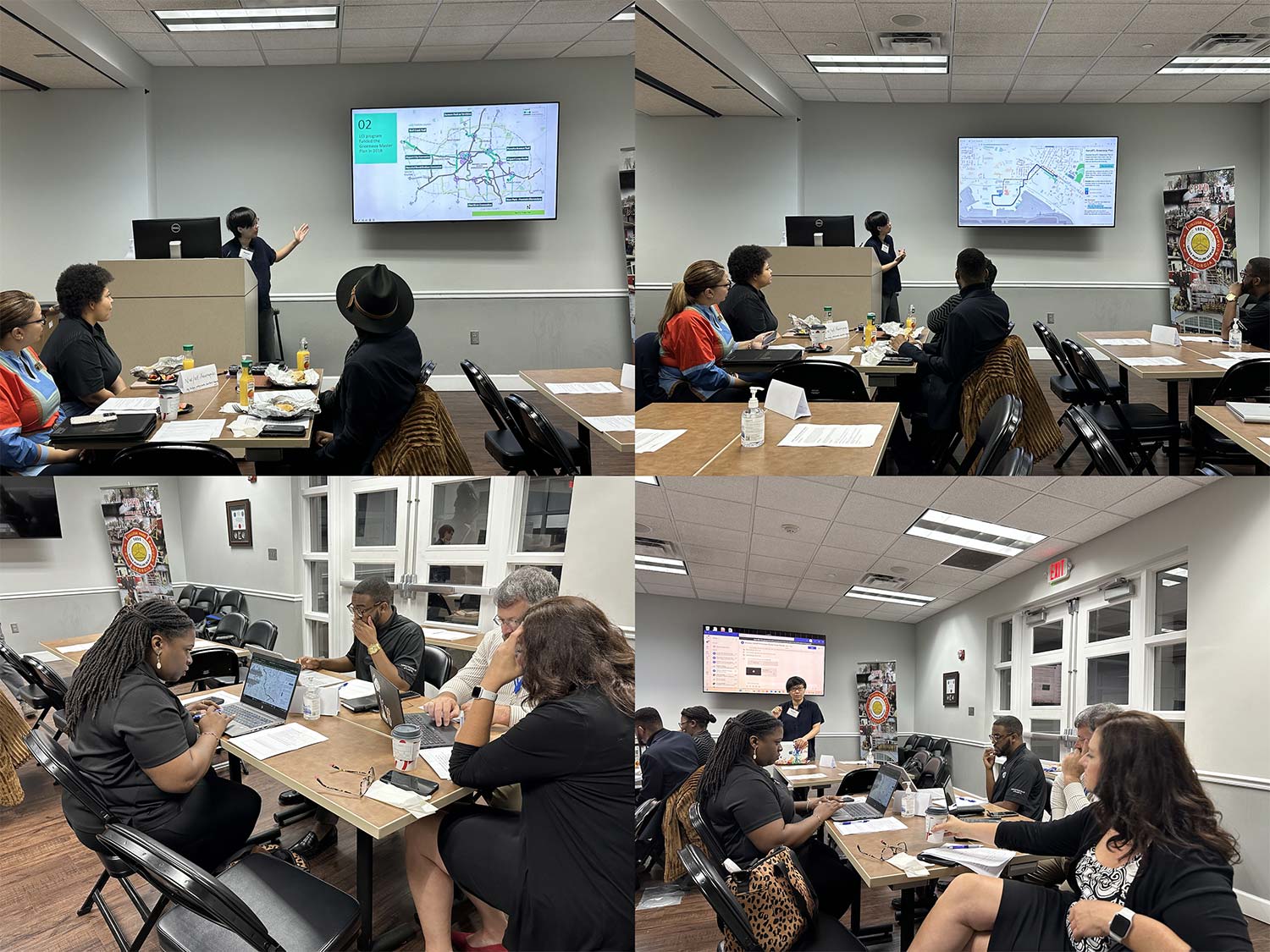Faculty members Thün and Velikov present design research in Responsive Envelopes at CISBAT in Switzerland
Faculty members Thün and Velikov present design research in Responsive Envelopes at CISBAT in Switzerland
Associate Professor Geoffrey Thün will present research developed at Taubman College with Assistant Professor Kathy Velikov at CISBAT 2011 in Lausanne, Switzerland. Work presented will include the DReSS System of integrated passive and active building systems and controls produced for the North House Project and preliminary findings from work in distributed responsive interior environments initiated through the Stratus Project. Both streams of research posit the development of sensor-rich building environments capable of distributed localized response to environmental conditions and user preference in delivering low energy living environments while prioritizing human comfort and air quality. Both projects deliver a format of enhanced technological performance where the performing technologies are transparent to the spatial ‘effects’ produced by their systems.
CISBAT is a biannual conference organized by the Solar Energy and Building Physics Laboratory of the Swiss Federal Institute of Technology Lausanne (EPFL) and is currently in its 11th cycle this September 14-16 2011. The 2011 program features internationally known keynote speakers, technical sessions, visits as well as networking events for specialists from academic institutions, industry and the public sector.
Under the conference title, “CleanTech for Sustainable Buildings – From Nano to Urban Scale”, CISBAT 11 invites building scientists from universities and companies around the world to present their latest research and developments towards a sustainable and sound built environment, in fields ranging from nanostructured materials for renewable energies to studies of urban metabolism.
This event presents an opportunity to liaise and interface with leading European experts from both Academic and Industry bases. Their current work at Taubman College recognizes the importance of international technology transfer and academic collaboration between institutions in advancing new formats of energy related propositions for the built environment. Thün and Velikov acknowledge funding support at the University of Michigan for this work from the following programs: the Taubman College Research Through Making Program (2010), The Office of the Vice President of Research UM (2010), and the ERC WIMS Institute at UM (2011)









